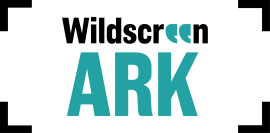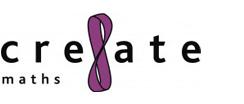Statistics
This collection of resources supports the teaching of Statistics in primary mathematics. These activities are linked to the year groups containing the corresponding content in the National Curriculum.
Here are some favourite activities selected by the NRICH team.
-
Ladybird Count (Y2) Some children were playing a game. Make a graph or picture to show how many ladybirds each child had.
-
If the World Were a Village (Y3) This activity is based on data in the book 'If the World Were a Village'. How will you represent your chosen data for maximum effect?
-
Match the Matches (Y6) Decide which charts and graphs represent the number of goals two football teams scored in fifteen matches.
These are just a few of the activities on Statistics that you can find on the NRICH curriculum pages.
The activities below, taken from the STEM Learning website, complement the NRICH activities above.
Starting Data Handling
This treasure chest of activities provides 40 activity sheets on collecting, representing and interpreting data. The resources include work on block graphs, Carroll diagrams, pictograms, frequency tables and mapping diagrams including favourite pets, colours, fruit and drinks.
Data Handling
This video shows three ideas for use in class when teaching data handling. Creating a human bar graph is a great way of helping children learn about the scales on a bar graph and what they represent.
Collecting data for a purpose helps show children one way in which maths is used in the real world. Have fun measuring and recording results from the long jump, high jump and target practice, then represent and analyse the data using Venn diagrams and graphs.
Another idea asks children to use a ‘Tardis’ in their classroom to estimate when 30 seconds have elapsed. After collecting the data, they produce a graph on the interactive whiteboard.
Analysing and Interpreting Data
Two packs of games, investigations, worksheets and practical activities. The first pack asks children to interpret and answer questions on rainfall over a year. There is also a sheet which asks children to measure and collect data on hand span within a class. This idea could be adapted to measure and record forearm length within a class/across the school when learning about growth of humans in science.
Handling Data: African Animal Maths (Age 7 to 11)
Look at the practical application of data handling and analysis in this activity which explores measurement data for a range of species found in the African savannah. Children use data to fill in a table, and then construct and interpret bar charts for a range of different measurements (height, length, weight).
This is a great opportunity to link science and mathematics.
What's in Your Bowl?
This resource provides six investigations linked to data handling and keeping healthy. Children investigate serving amounts and what is eaten for breakfast by carrying out surveys and collecting data. Ideas include: What do pupils eat for breakfast? Does bowl diameter affect serving amount? and How healthy are breakfast cereals? It includes a blank class database for the class to enter data into and help to find answers to their questions.
Discussing Data
Although aimed at secondary learners, there are some great examples of line graphs and pie charts, with ideas for discussion. The Going to the cinema line graph on page 12 and the Keeping fit pie chart on page 24 could both be used at primary level to interpret data. Children could go on to create their own line graphs/pie charts having collected class or school data on similar topics.







